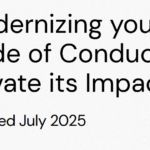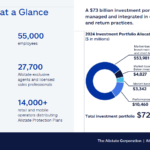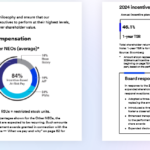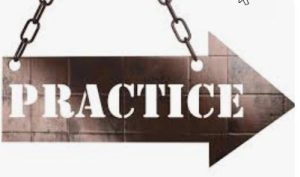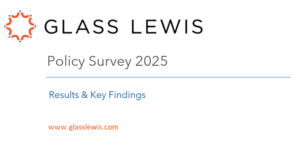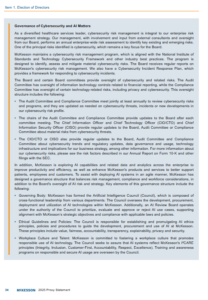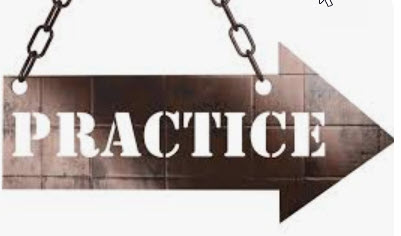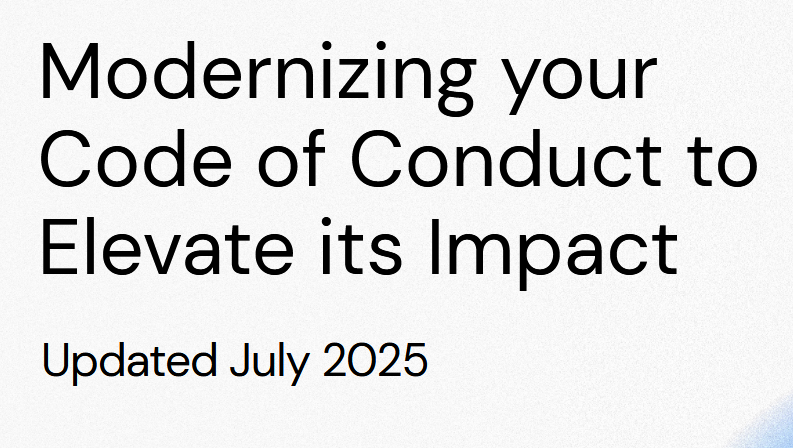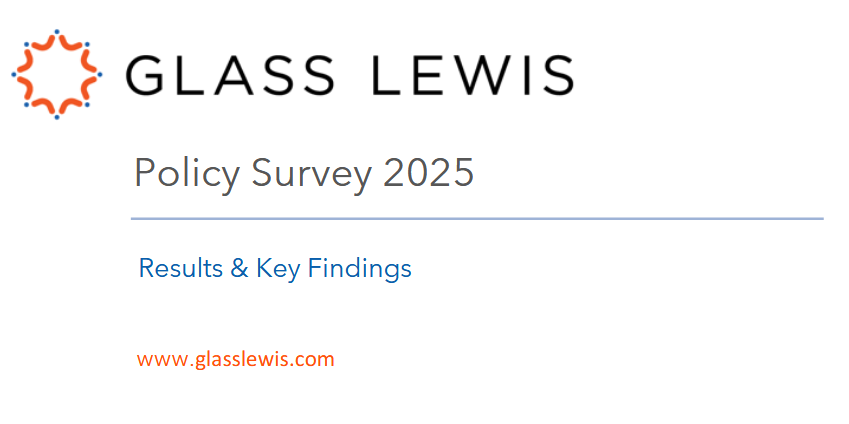As part of our blog series based on this great panel – featuring WilmerHale’s Lily Brown and Edward Jones’ Keir Gumbs – here’s a blog that addresses the question of: “When updating a section of disclosure, what are you looking for to change? How much diligence do you conduct?”
Keir Gumbs, Edward Jones: My view has changed about this since I went in-house. Frankly when you’re in-house, it is much harder to change things. It is hard because no one wants to change anything literally no matter what the circumstances. So it makes it hard to come in and say, “here’s why I’m making this change and here’s how it’s going to be received.” You have to explain the rule or the market change – or the SEC Staff comment – that’s driving it.
I’ll give you one example. MD&A is one of these areas of disclosure that’s kind of a combination of the lawyers and the financial reporting people coming together. I would say in my experience that MD&A is one of those places that if you want to make changes – putting aside the period-to-period comparisons as of course those are going to change – it’s a challenge. It’s challenging to change the “trends and uncertainties” section, the description of capital resources, all of that kind of stuff that’s not directly tied to what happened in that reporting period.
You have to come in and say, “I’ve looked at the benchmarking quite bit and here’s what market practice now is.” Or “here’s a bevy of recent SEC Staff comments that have come in that have basically suggested we need to be providing this type of disclosure” – and make the case for that kind of disclosure.
It’s hard to make those changes as an in-house lawyer. You have to have all of your ducks in a row in terms of why you’re making the disclosure, what the benchmarking is, whether it’s SEC driven and you have to be prepared with the assessment of risk if we don’t provide it. “Here’s what will happen or here’s what we’re risking.” That sort of thing.
So the bias is towards not changing disclosures unless you really have to and that’s just the reality when you’re in-house. I didn’t anticipate the level of pushback you get when you’re in-house to making that kind of change. When you’re in a law firm, it’s relatively easy to say “you need to do this, that or the other thing. That this came out of our form check. When you’re in-house, it really is a challenge. You have to make the case for it.
Lily Brown, WilmerHale: One of the most important things I’ve learned in private practice is there are some folks who want to know whether every word would be better than another alternative. That’s totally fine and this goes to the point of making sure that you know the culture and the expectations of a particular company before you throw things over the fence. That’s one of the most important things that I have learned over time – putting myself in the shoes of the person who needs to go and explain something to however many people internally. Why these five words should be changed. You need to know the client and ask about the factors that are in play.
Then there are the more global issues. If most companies are dealing with inflation or supply chain issues right now, looking through a filing and saying, “okay, I don’t see any reference to this” and ask the question have you been impacted by inflation or supply chain issues? And if so, is it material? These are the kind of things that might belong in the risk factors or the MD&A.
There are also market practices to consider. “I’m seeing this from a lot of other clients but maybe you have unique circumstances and the impact of that disclosure going in and changing things might help that company reach a different conclusion.
When I’m talking with brand new associates, the first thing I suggest to them to do is read the rules. Then the next tip is “don’t change things just because you think it sounds better.” Rather, ask whether something is wrong or is something missing? Some key external or internal factor. Don’t just change things to change things.
We all want everything to be perfect, but my concept of what perfect is might be different than what others expect. There are so many different factors that go into coming up with disclosures. As long as something is accurate and not materially omitting something, you can’t impose your own will on the disclosure. You can’t get into “I like this word better than that one” or “better disclosure is always more disclosure.” You work together to figure out what are the “must-haves” versus “you bear some risk if XYZ happens.”
You work together as adults who want the best for the disclosure understanding that the person in-house knows the company inside and out in a way that that you can’t. You treat each other as grown-ups and talk about assessing risk and speak up to say there’s significant risk here if that’s truly the case.




